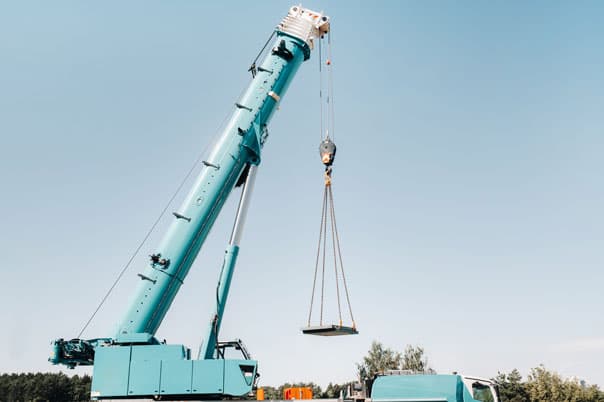First off, let’s define what dogging is. Dogging refers to the act of having sex in public places, usually in cars or secluded areas, while other people watch. This activity is usually done by consenting adults, but it can also attract unwanted attention and become dangerous.
Now, let’s talk about the dangers of dogging. First and foremost, there is the risk of exposure. Having sex in public places is illegal and can result in legal consequences. If caught, you may be arrested or fined, and your personal and professional reputation may be ruined.
Another danger of dogging is the risk of physical harm. Because dogging usually takes place in secluded areas, you may be vulnerable to attack by other individuals or groups. There have been cases of individuals being assaulted or even killed while dogging, so it’s important to take precautions to ensure your safety.
Additionally, there is the risk of sexually transmitted infections (STIs) and unintended pregnancies. Having unprotected sex with strangers increases your risk of contracting STIs and can lead to unintended pregnancies, which can have serious consequences for both parties involved.
So, what can you do to stay safe while dogging? First, it’s important to only engage in dogging with consenting adults who are also interested in the activity. Make sure that everyone involved understands the risks involved and agrees to take necessary precautions.
Second, choose your location wisely. Look for places that are well-lit and well-populated, such as public parks or rest areas. Avoid secluded areas that may make you vulnerable to attack.
Third, use protection. Always carry condoms and make sure that they are used during every sexual encounter. This will help to reduce the risk of contracting STIs and unintended pregnancies.
Fourth, be aware of your surroundings. Keep an eye out for anyone who may be watching you or anyone who appears to be suspicious. If you feel uncomfortable or unsafe, leave the area immediately.
Finally, be respectful of others. Remember that not everyone is interested in dogging, and some people may be offended or frightened by your activities. Always be mindful of other people’s boundaries and avoid engaging in dogging in areas where it may be disruptive or offensive to others.
In conclusion, while dogging may seem like a fun and exciting activity, it’s important to be aware of the dangers involved and take necessary precautions to ensure your safety. Remember to only engage in dogging with consenting adults, choose your location wisely, use protection, be aware of your surroundings, and be respectful of others. Stay safe out there!
Cheers,

![]()






